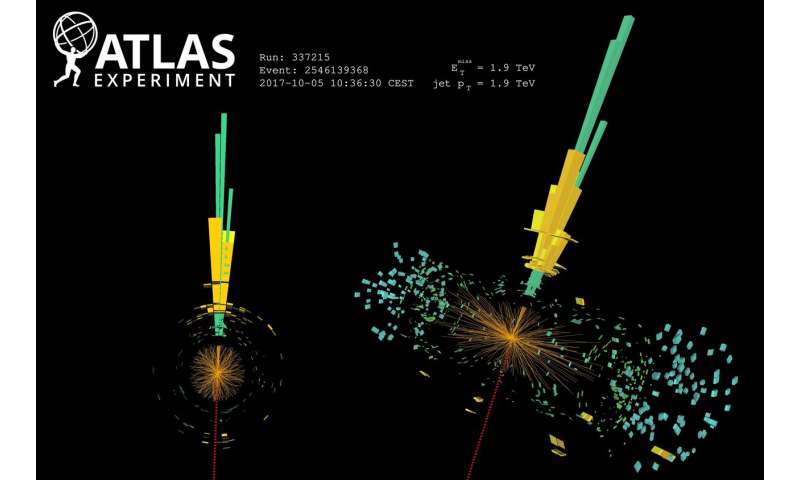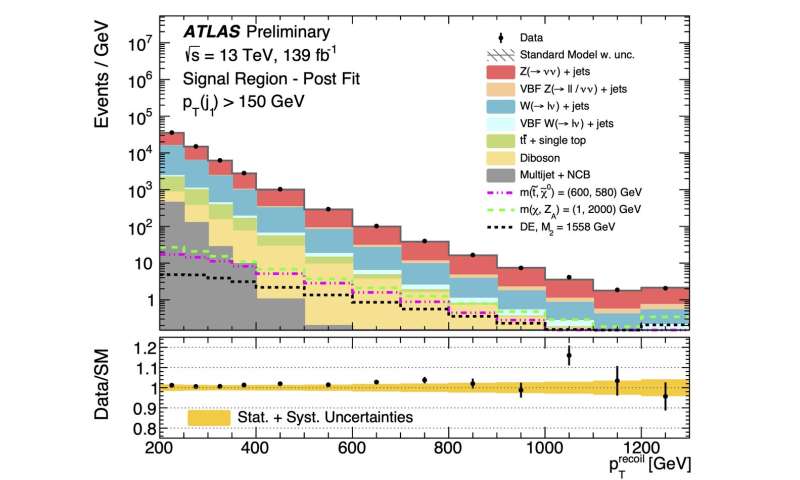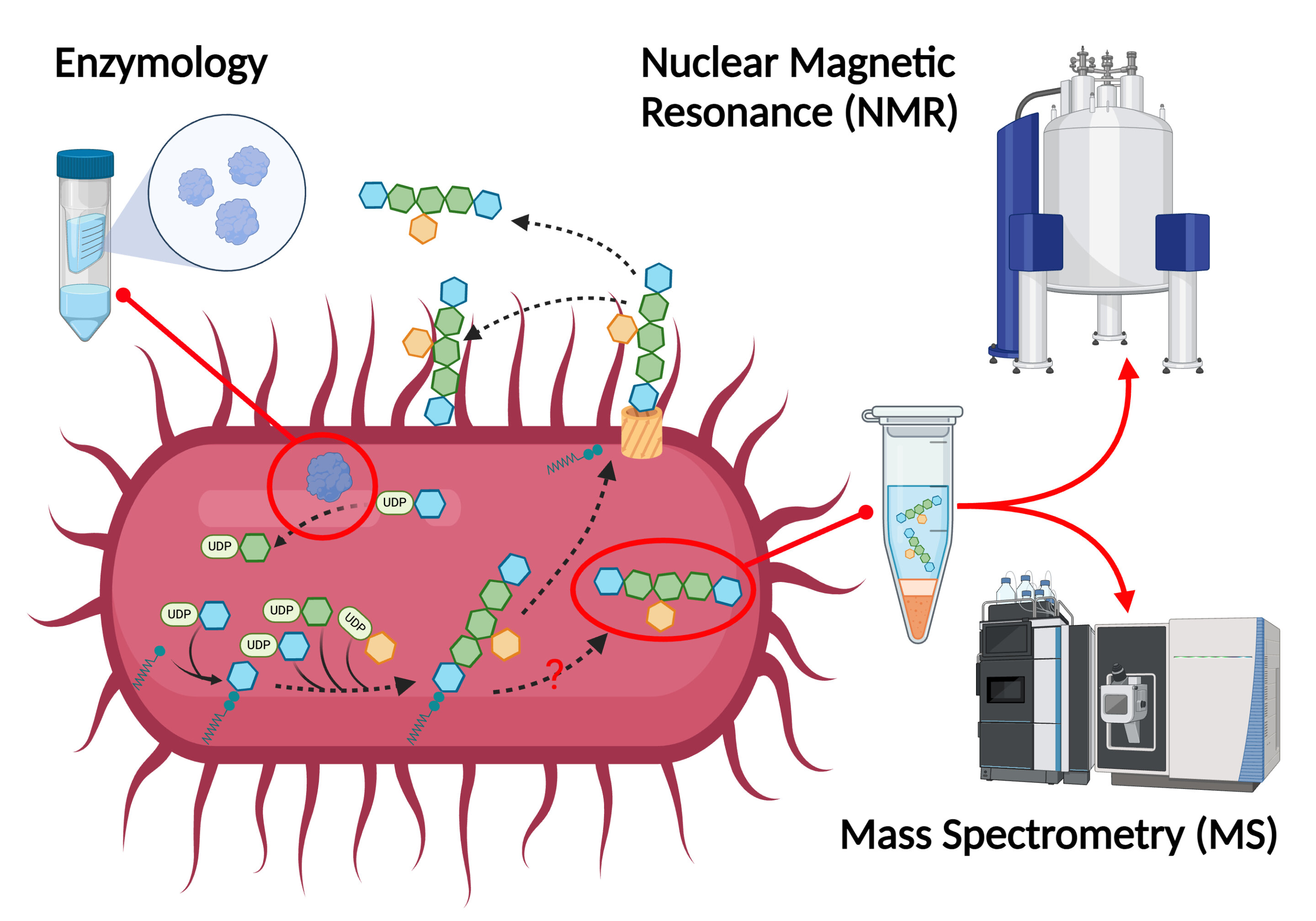#New precision search for dark matter from ATLAS Experiment
“#New precision search for dark matter from ATLAS Experiment”

The nature of dark matter remains one of the great unsolved puzzles of fundamental physics. Unexplained by the Standard Model, dark matter has led scientists to probe new physics models to understand its existence. Many such theoretical scenarios postulate that dark matter particles could be produced in the intense high-energy proton–proton collisions of the LHC. While the dark matter would escape the ATLAS experiment at CERN unseen, it could occasionally be accompanied by a visible jet of particles radiated from the interaction point, thus providing a detectable signal.
The ATLAS Collaboration set out to find just that, releasing a new search for novel phenomena in collision events with jets and high missing transverse momentum (MET). The search was designed to uncover events that could indicate the existence of physics processes that lie outside the Standard Model and, in doing so, open a window to the cosmos.
To identify such events, physicists exploited the principle of momentum conservation in the transverse detector plane—that is, perpendicular to the beam direction—looking for visible jets recoiling from something invisible. As events with jets are common at the LHC, physicists further refined their parameters: the events had to have at least one highly energetic jet and significant MET, generated by the momentum imbalance of the “invisible” particles. This is known as a monojet event—a spectacular example of which can be seen in Figure 1, a 2017 event display featuring the highest-momentum (1.9 TeV) monojet recorded so far by ATLAS.
A plethora of exotic phenomena, not directly detectable by collider experiments, could also have yielded this characteristic monojet signature. ATLAS physicists thus set out to make their study inclusive of several new physics models, including those featuring supersymmetry, dark energy, large extra spatial dimensions, or axion-like particles.

Evidence of new phenomena would be seen in an excess of collision events with large MET when compared to the Standard Model expectation. Accurately predicting the different background contributions was a key challenge, as several abundant Standard Model processes could exactly mimic the signal topology—such as the production of a jet plus a Z boson, which then decays to two neutrinos that also leave ATLAS without being directly detected.
Physicists used a combination of data-driven techniques and high-precision theoretical calculations to estimate the Standard Model background. The total background uncertainty in the signal region ranges from about 1% to 4% in the range of MET between 200 GeV and 1.2 TeV. The shape of the MET spectrum was used to enhance the discrimination power between signals and backgrounds, thus increasing the discovery potential. Figure 2 shows a comparison of the MET spectrum observed in the entire dataset collected from the ATLAS experiment during Run 2 (2015–2018), and the Standard Model expectation.
As no significant excess was observed, physicists used the level of agreement between data and the prediction to set limits on the parameters of new physics models. In the context of weakly-interacting massive particles (a popular dark matter candidate), ATLAS physicists were able to exclude dark matter particle masses up to about 500 GeV and interaction axial-vector mediators up to 2 TeV, both at the 95% confidence level. These results provide the most stringent dark matter limits in collider experiments so far, and a milestone of the ATLAS search program.
More information:
Search for new physics in events with jets and missing transverse momentum in proton–proton collisions at 13 TeV with the ATLAS detector (ATLAS-CONF-2020-048): atlas.web.cern.ch/Atlas/GROUPS … ATLAS-CONF-2020-048/
New precision search for dark matter from ATLAS Experiment (2020, August 13)
retrieved 13 August 2020
from https://phys.org/news/2020-08-precision-dark-atlas.html
This document is subject to copyright. Apart from any fair dealing for the purpose of private study or research, no
part may be reproduced without the written permission. The content is provided for information purposes only.
If you want to read more Like this articles, you can visit our Science category.
if you want to watch Movies or Tv Shows go to Dizi.BuradaBiliyorum.Com for forums sites go to Forum.BuradaBiliyorum.Com




